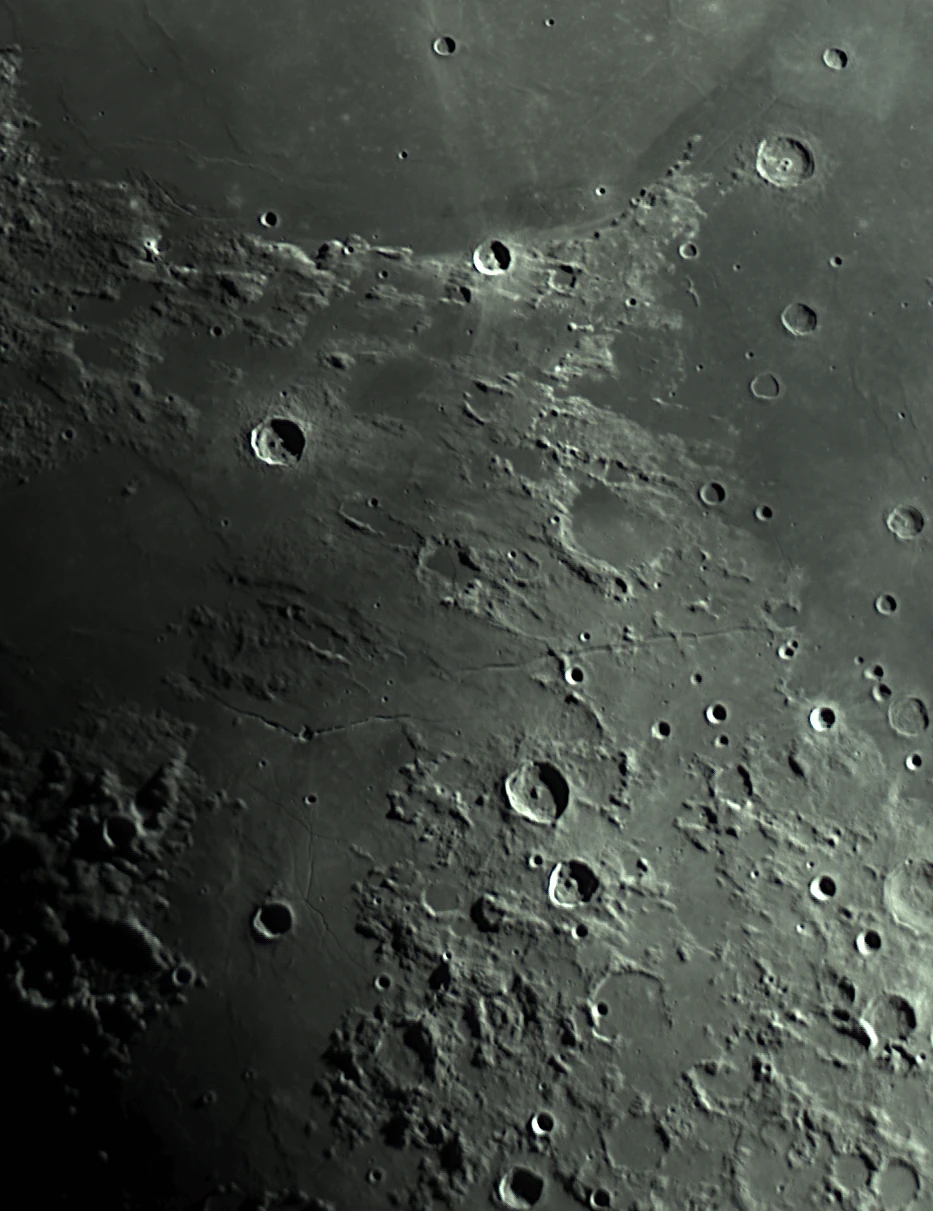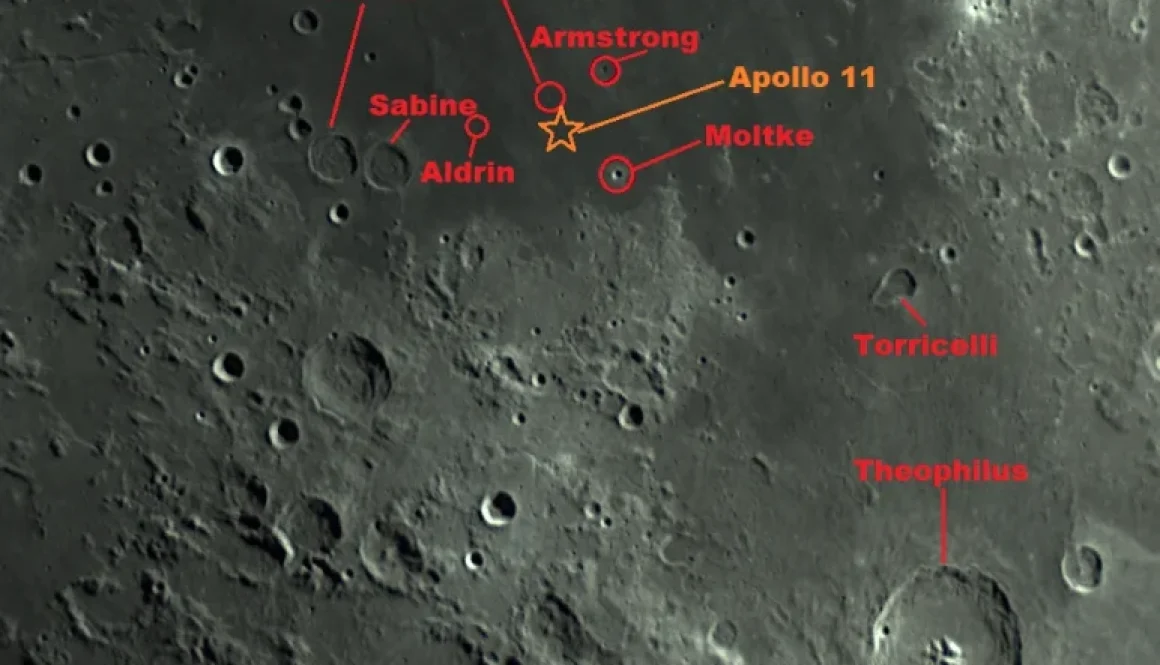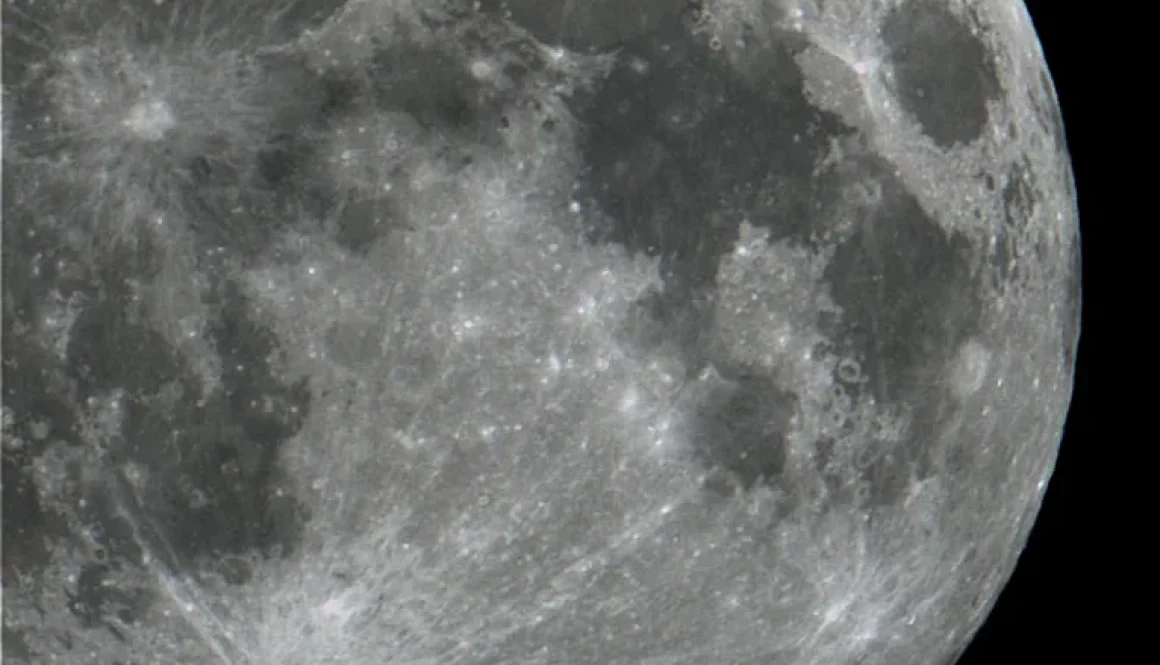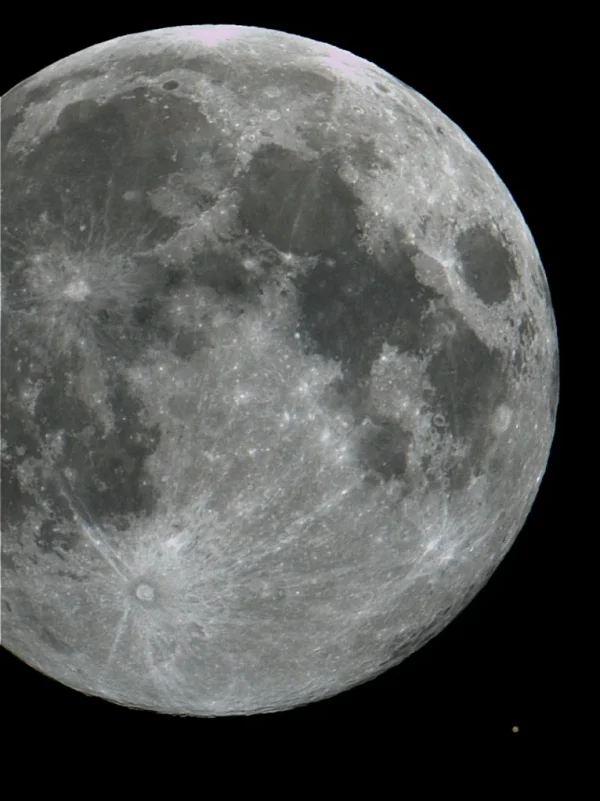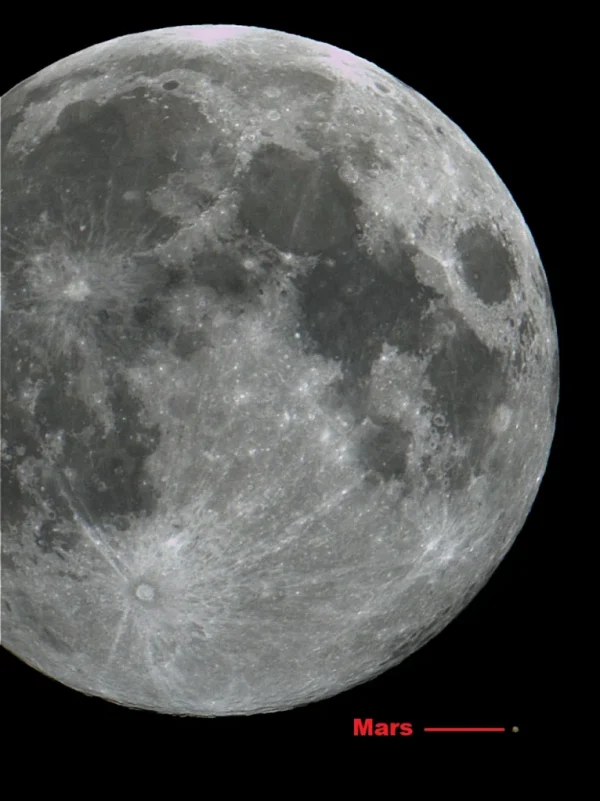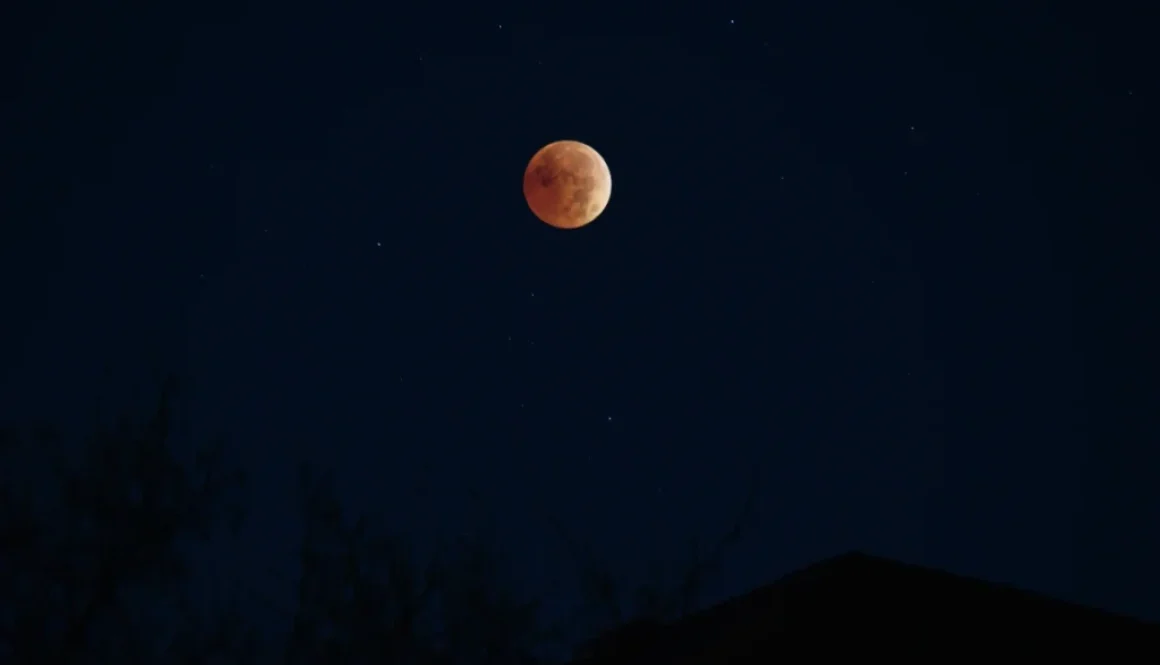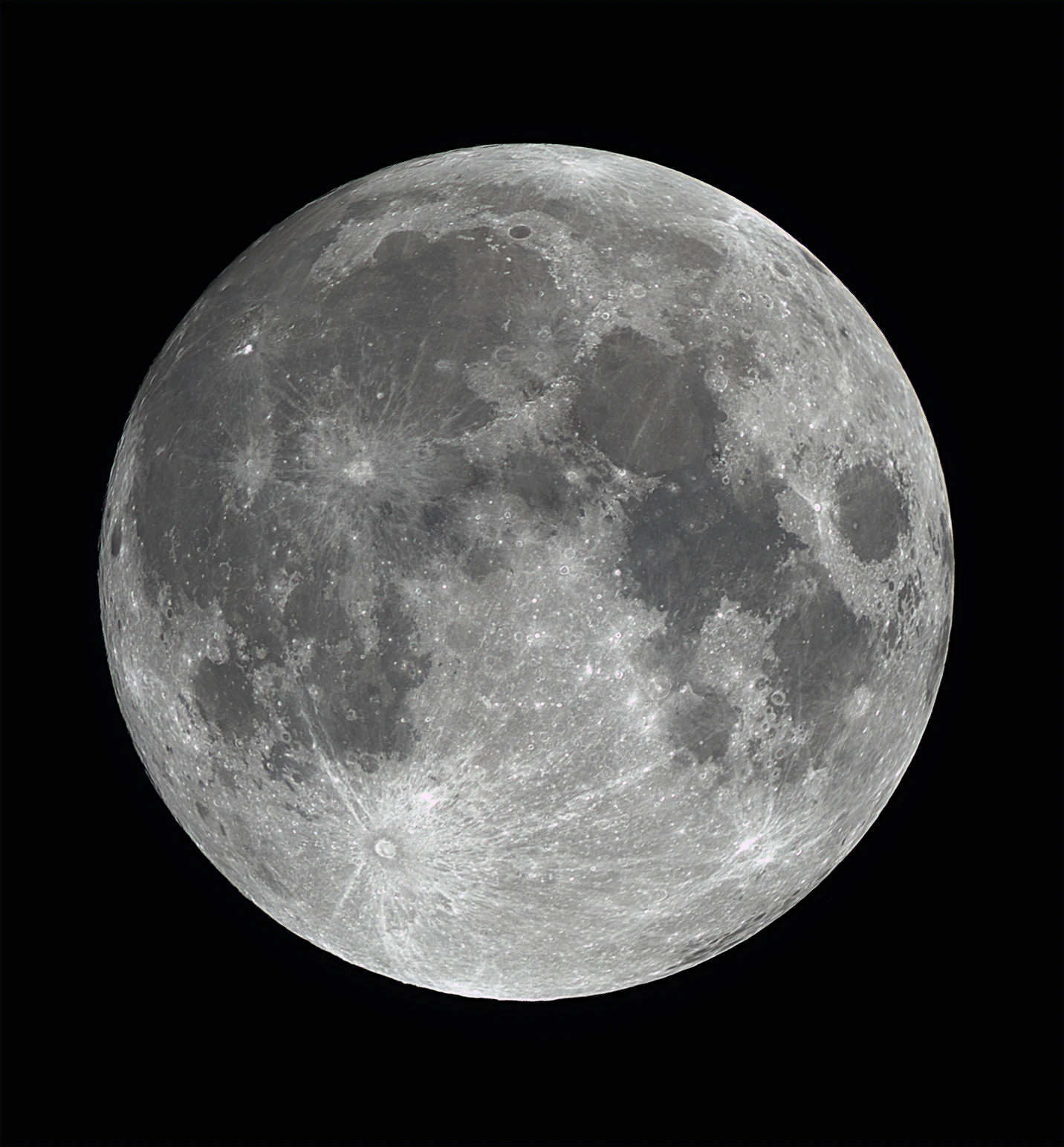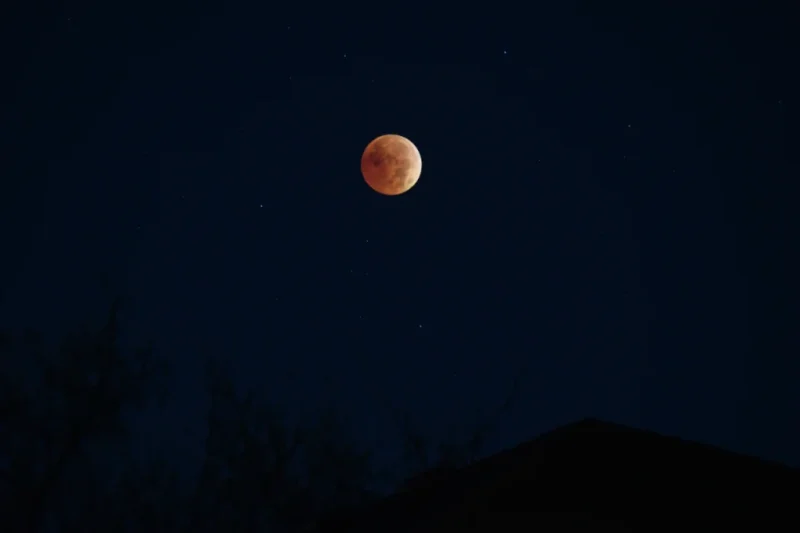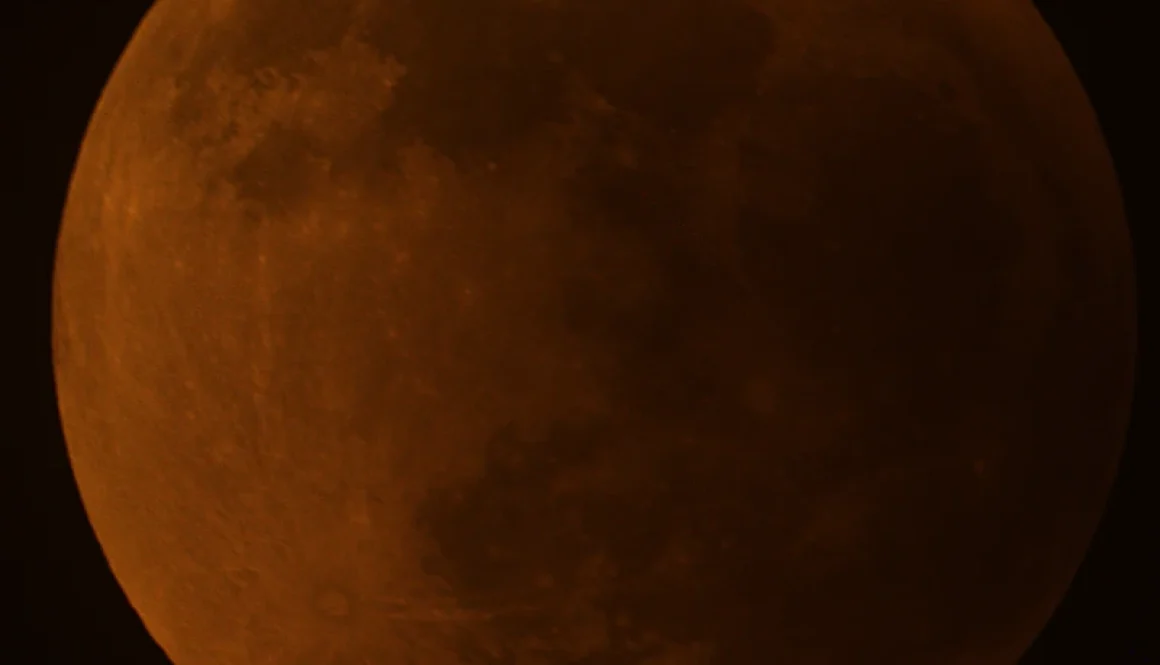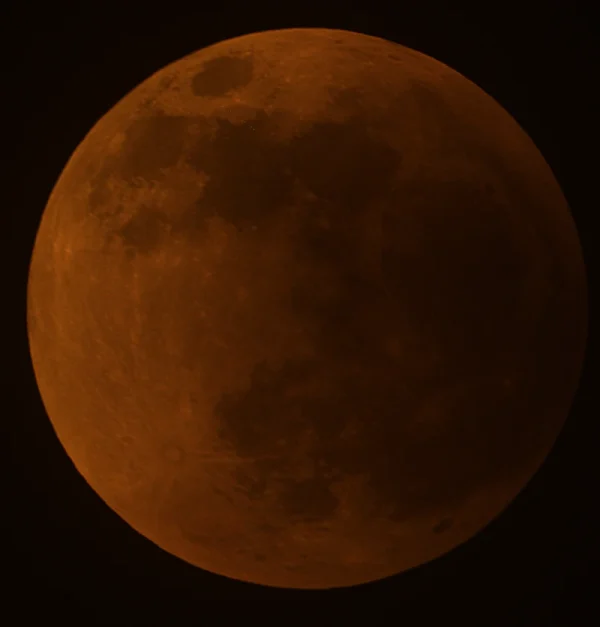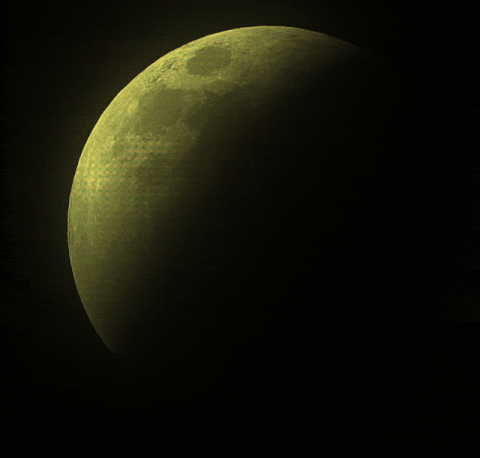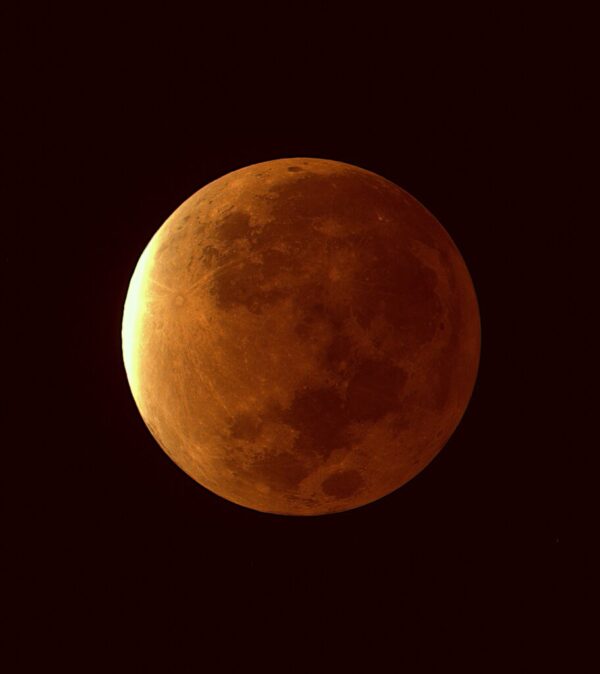The Moon: let’s take a closer look
The Moon: let’s take a closer look
On April 27, 2023 the atmospheric conditions were excellent and I decided to go out with my Celestron 8 SCT and my dedicated ZWO ASI224MC planetary camera to capture a few high-resolution images of the Moon.
Date: 2023-04-27
Location: my driveway in Richmond Hill (ON)
Scope: Celestron 8 SCT
Mount: Celestron AVX
Software: FireCapture, Autostakkert3 (AS!3), Registax 6, GIMP
Total integration time: best 10% of 30 seconds videos.
The main feature of this image is Mare Tranquillitatis, a vast lunar mare that dominates the upper portion of the frame. Zooming in closer, we can spot a small crater called Moltke located on the southern part of the Mare Tranquillitatis. Interestingly, just a few pixels north of this crater lies the historic Apollo 11 landing site!
Moving our gaze to the bottom right of the image, we can observe three impressive craters – Theophilus, Cyrillus, and Catharina – each spanning a diameter of approximately 100 km. These craters are a reminder of our Moon’s turbulent past.
Scroll the slider to switch between these two images of the Moon.
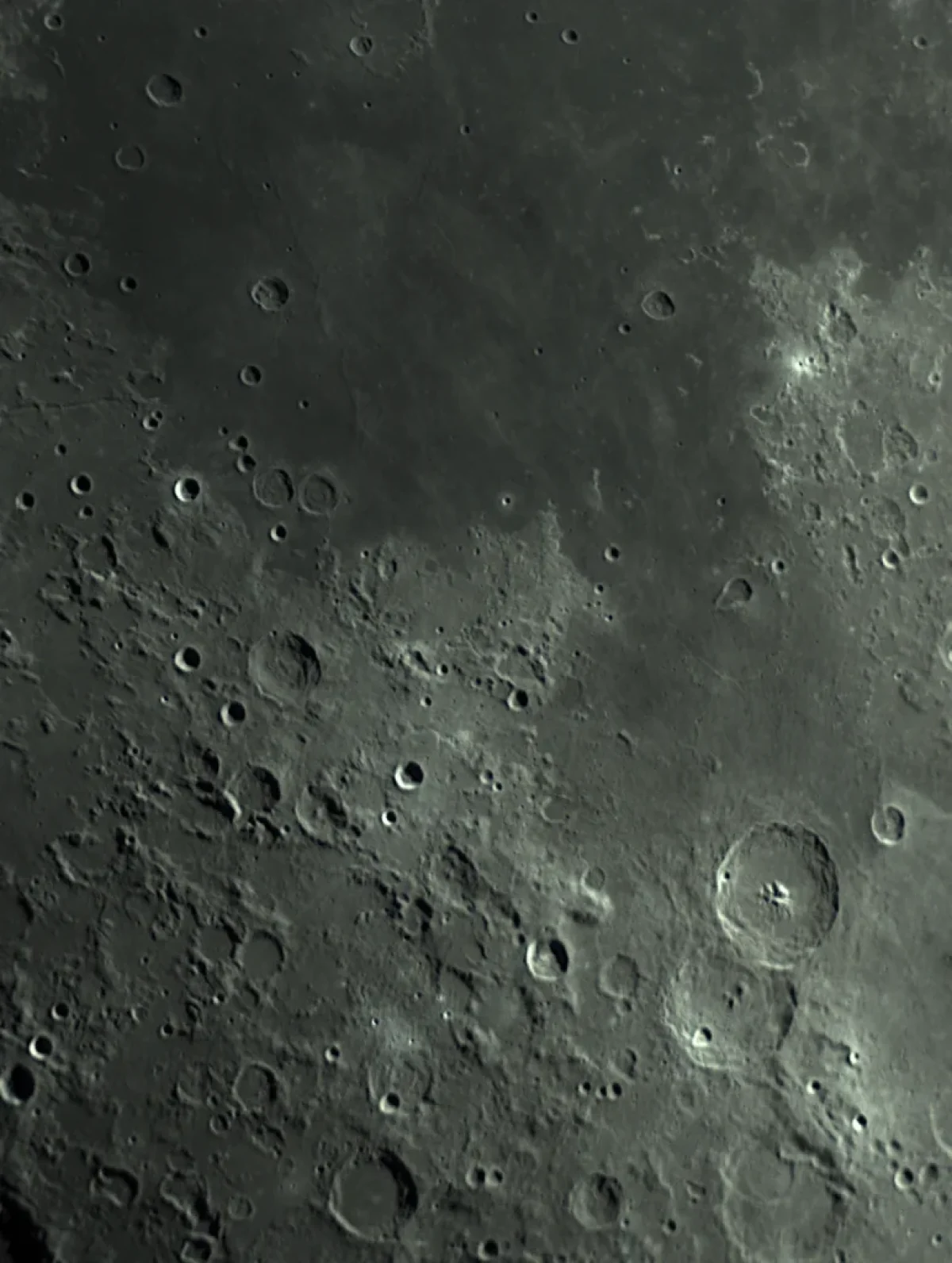
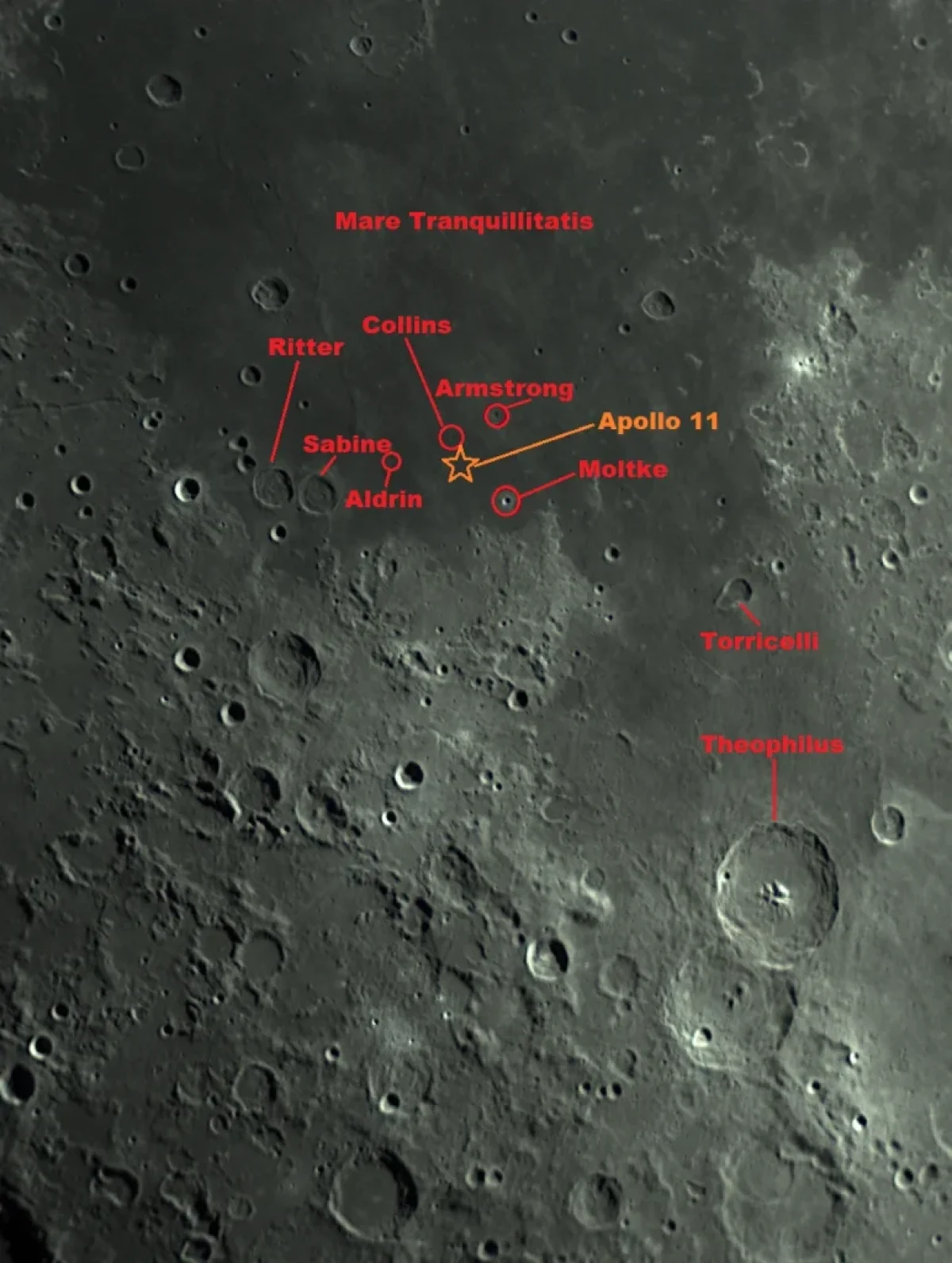
The slanted angle of the sunlight in this image accentuates certain features and creates a striking contrast between light and shadow. Among these features are the Caucasus Mountains, situated at the bottom of the image, as well as the Eudoxus and Aristoteles craters, located to the right. In the center of the image is Cassini, with a diameter of 56km. It has a strange shape, shallowed with lava and 2 craters on the floor. Another prominent feature is the Alpine Valley, a lengthy fissure that runs through the Alpes Mountains and points back to the center of the Imbrium Basin. Scientists believe that this valley was formed due to the fracturing and splitting of the lunar crust during the impact that created the Imbrium Basin.
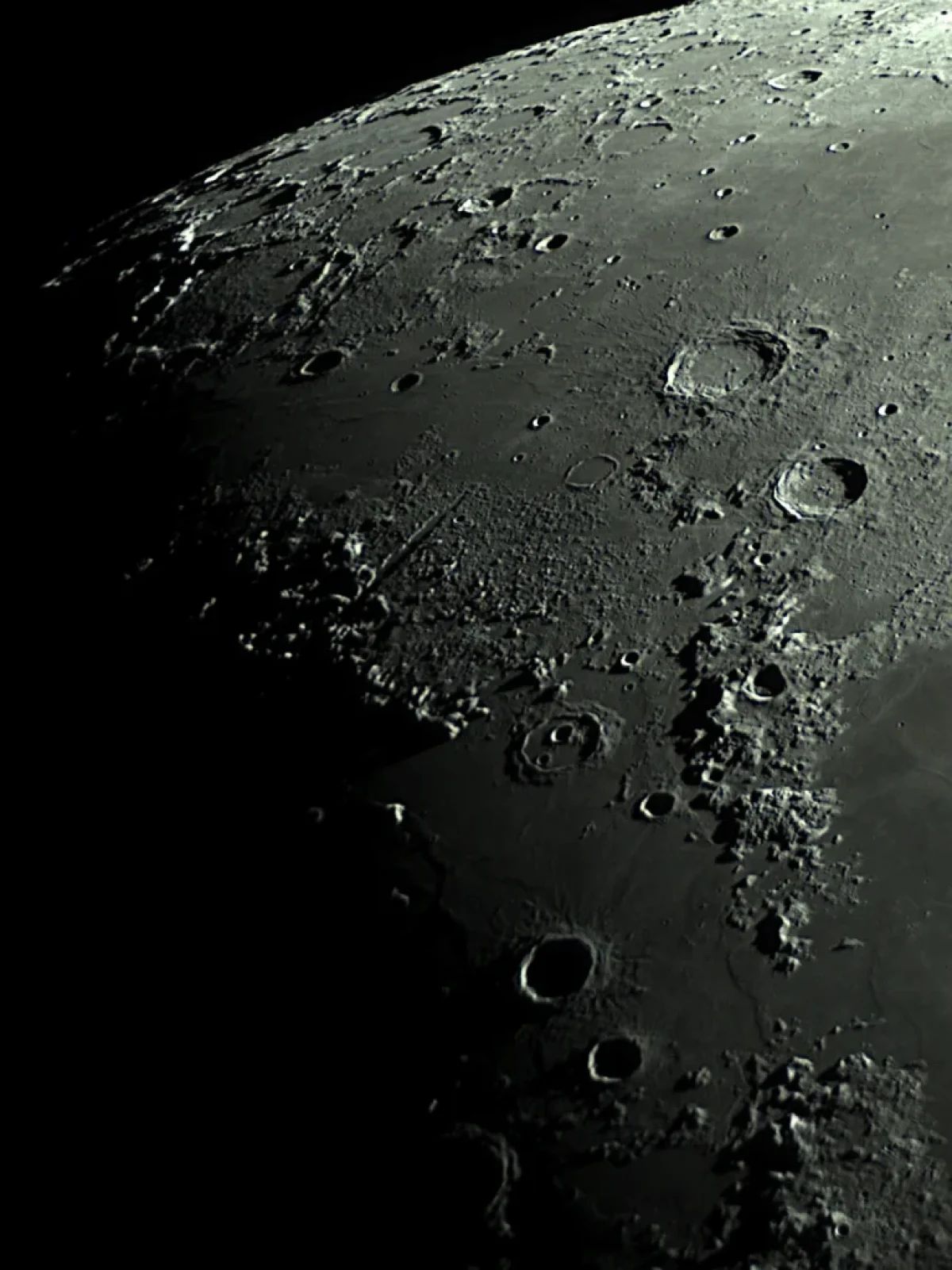

In this image you can notice dozens of craters scattered across its surface. They are a reminder of the countless impacts that have occurred over the course of the Moon’s existence. However, what impressed me most in this image are two striking and deep depressions named Ariadaeus Rille and Hyginus Rille – which hint at the Moon’s geological past. Hyginus is a vast and rimless depression situated at the intersection of two massive crater-pit rilles and is believed to be the largest volcanic crater on the Moon.
